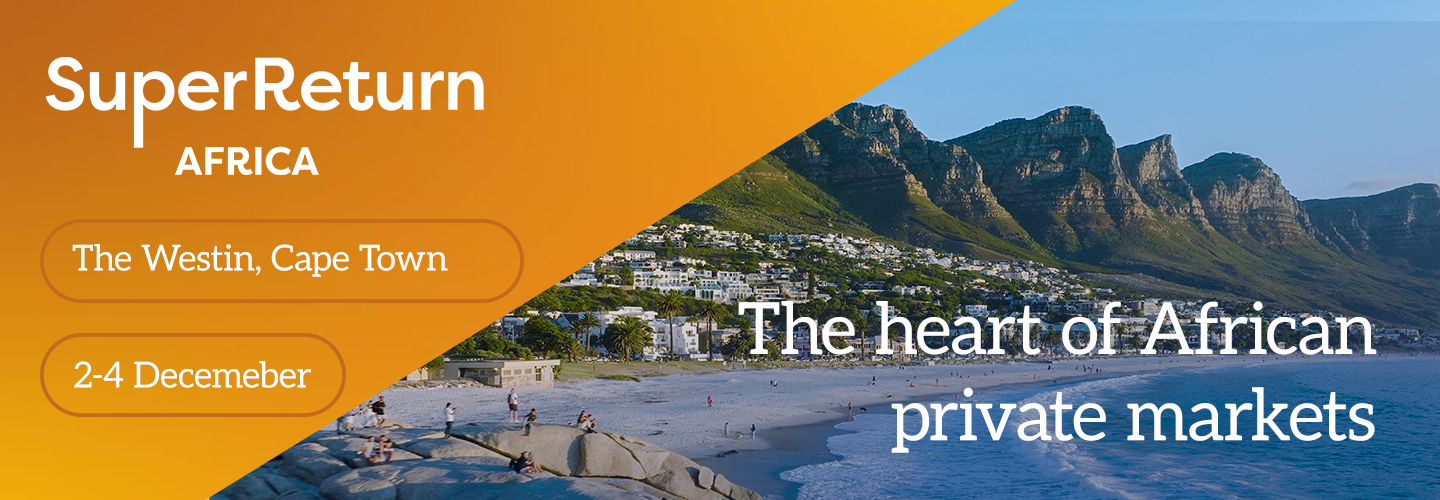Making room for Africa's big opportunities

Africa’s venture story is one of enormous potential trying to fit through narrow doors. Entrepreneurs across the continent are building transformative businesses, but exits remain few and liquidity is scarce. That mismatch has long slowed capital velocity and tested investor patience. Ahead of SuperReturn Africa and in this Q&A, Olu Oyinsan, Managing Partner, Oui Capital, shares why secondaries and co-investments are more than technical tools, they’re the mechanisms that give investors breathing room, build confidence, and create the pathways we need to turn Africa’s big opportunities into lasting value.
You’ve built your career across commercial banking, consulting, and venture capital in both the US and Africa. How have these experiences shaped the way you approach investing in frontier markets?
My past experiences have given me the foundation to approach frontier markets with both discipline and empathy and exposed me to different sides of the capital and innovation equation.
From those roles, I’ve learned to balance rigor with creativity, to assess downside risk while still backing bold entrepreneurs, to model outcomes but also account for realities, and to put relationships and founder-centric thinking at the center of investing.
Your session at SuperReturn Africa explores secondaries and co-investments. Why do you think these strategies are particularly well-suited to Africa’s evolving private capital landscape?
Secondaries and co-investments are well-suited to Africa because they speak directly to two of the ecosystem’s biggest needs: liquidity and risk-sharing.
Secondaries provide a way for early investors to recycle capital and for new investors to step in, which keeps capital flowing in markets where exits are still limited.
Co-investments, on the other hand, allow LPs and investors to double down on conviction alongside trusted partners, while spreading risk and building local knowledge. In an environment that’s still developing, both strategies create more flexibility and confidence for investors.
Liquidity and exits remain ongoing challenges in African venture. How can secondaries help address these issues and create more confidence for both local and global investors?
The timelines to traditional exits (IPOs or large-scale acquisitions) tend to be long, and the market infrastructure to enable them at scale is still maturing. This creates a bottleneck for both local and global investors, who need to see pathways to liquidity to justify continuing to deploy capital.
Secondaries provide investors with interim liquidity options, reducing the “all or nothing” pressure around long exit timelines. Early investors who may need to recycle capital can exit partially or fully, while new investors step in.
For the broader ecosystem, a more active secondaries market builds confidence:
- For local investors, it shows there are practical ways to manage liquidity risk without waiting a decade for a full exit.
- For global investors, it signals that Africa’s VC ecosystem is maturing toward the norms they are used to in more developed markets; where secondaries are an integral part of the venture capital lifecycle.
Secondaries can’t replace the need for big exits, but they can create breathing room and increase capital velocity in the meantime. This can drive more confidence to invest early.
At Oui Capital, you back early-stage technology companies across frontier markets. What lessons from working with founders at the seed stage do you think institutional investors can apply when approaching secondaries or co-investment opportunities?
You need to understand the story behind the numbers. Founders are operating in complex markets, and success is rarely linear. Institutional investors looking at secondaries or co-investments in Africa can apply the same mindset: go beyond the headline metrics and dig into the fundamentals: the quality of the team, how these products can affect the lives of everyday people, and the market opportunity.
In secondaries, that means recognizing that value may take longer to materialize. In co-investments, it means aligning with partners who know the terrain and can help de-risk the journey.
Being an early investor is a different type of skill and requires a unique type of mindset- less of what can go wrong and more of what can go right. Many institutional investors lean more towards the former- you can’t really blame them because of the size of funds they manage and the fiduciary responsibilities attached to them. Co-investments allow institutions to follow trusted early visionaries into deals they may ordinarily not be keen on. It allows us to help them navigate through risk to maximise their upside.
Looking ahead, what’s the one big opportunity (or mindset shift) you believe private capital investors need to embrace to capture long-term value in Africa?
Africa isn’t a quick-turn market. Long-term value will be captured by those willing to be patient, to partner deeply with founders, and to innovate around liquidity. We also need to worry less about western-style exits only and partner with companies who have potential to deliver free cash flow.
